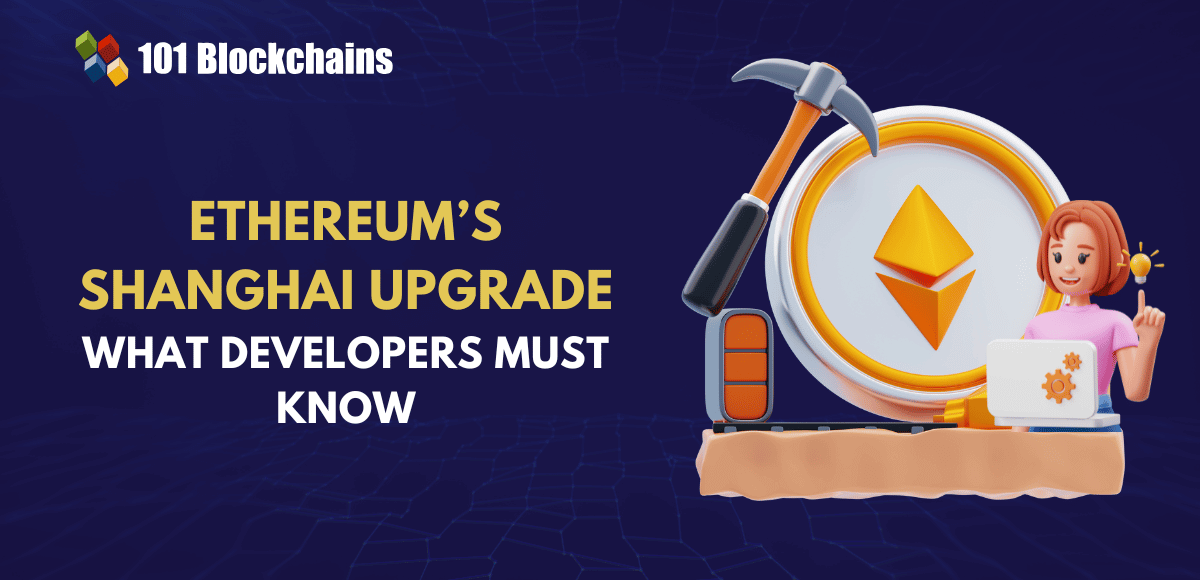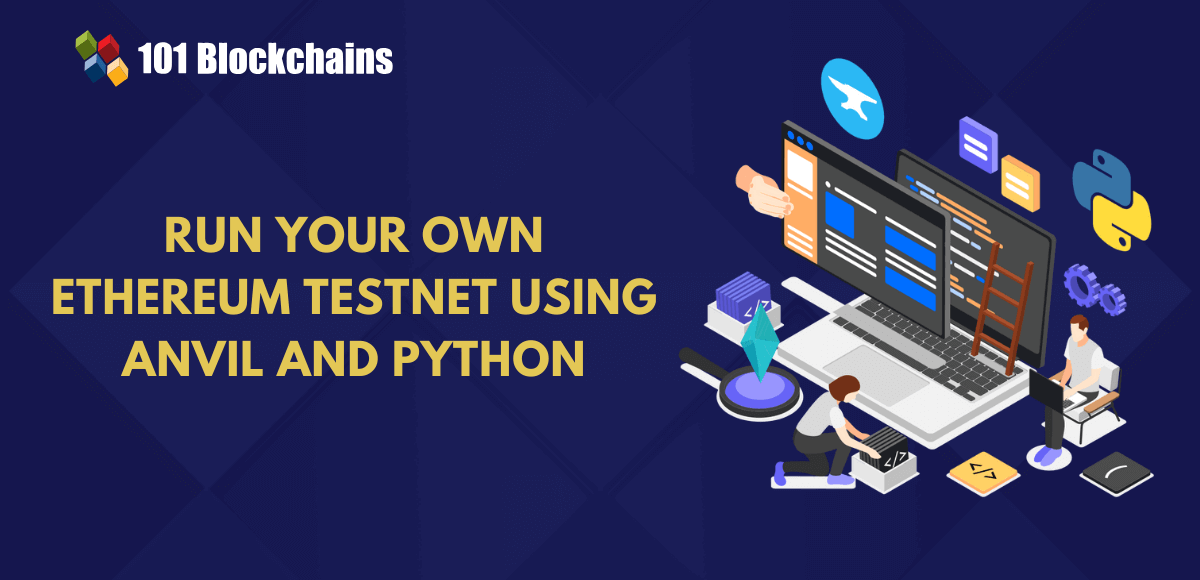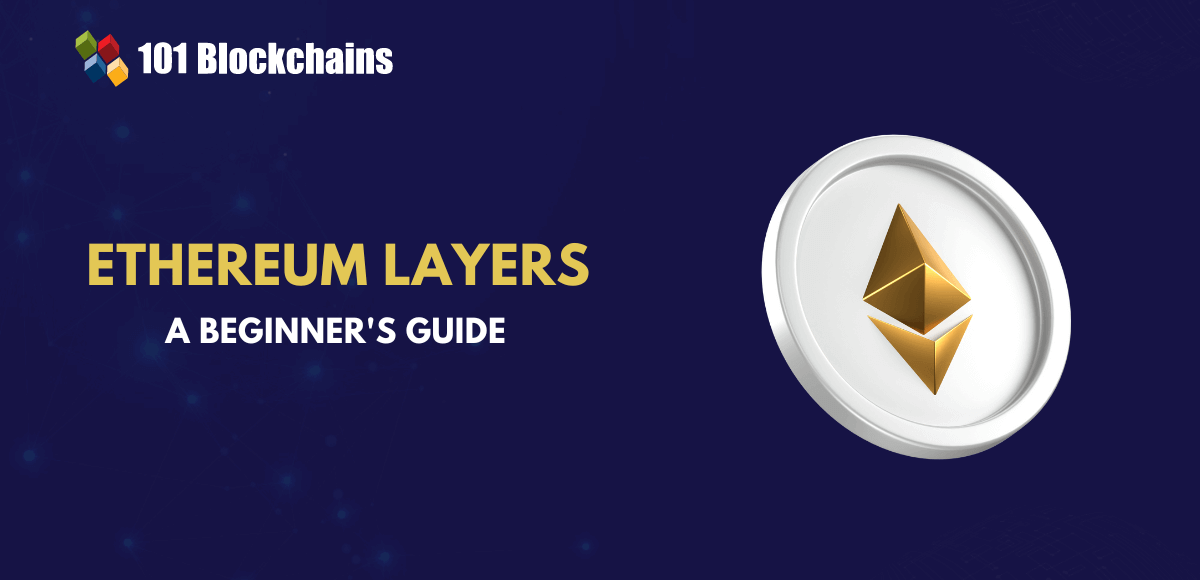Learn how blockchain truly works, master key definitions, and uncover what makes smart contracts so "smart." Dive into the fundamentals, gain valuable insights, and start your blockchain journey today!

- Ethereum
101 Blockchains
- on May 31, 2018
Beginner’s Guide: What is Ethereum Plasma? How Can It Scale Up Ethereum?
Ethereum performs computations on-chain. What if these computations go off-chain? That is what Ethereum Plasma does. And it leads to a massive scaling capacity of Ethereum blockchain.
Don’t know why Ethereum is a tad slow? This article explains it all.
The current State of Ethereum
Ethereum is a blockchain platform that accommodates many cryptocurrencies, smart contracts, and distributed applications (Dapps).
Cryptocurrencies require transaction verification.
Smart contracts and distributed applications are computer programs. They need execution.
Miners take care of both verification and execution. However, performing everything on a single blockchain impedes the performance and scaling of the blockchain.
Excited to build your skill in Ethereum development by leveraging the ethers.js library? Enroll Now in Ethers.Js Blockchain Developer Course!
What is Ethereum Plasma?
Ethereum plasma is a layer on top of Ethereum blockchain. This layer is a series of smart contracts. These contracts will take the computations off-chain and update the main Ethereum blockchain with only the necessary information.
Mind that this concept is much different than implementing a sidechain for DApps.
Enroll Now: Ethereum Development Fundamentals Course
Let’s investigate how Ethereum Plasma works.
The Plasma is a series of smart contracts and expands as separate blockchains – that are, Plasma blockchains – that connect to the mainchain. That way, miners work on publishing more blocks at a time by spreading across multiple Plasma blockchains.
A plasma blockchain doesn’t pass its data to the main blockchain, but only the hash data of block header that consists of key information of a block. And this information is stored on the main blockchain, which is enough to verify the correctness of a block.
Fraud proofs are used to find bad miners, a mathematical fraud detection mechanism. If anyone submits proof of fraud, then the corresponding block gets removed from the main blockchain, and the miner who submitted the bad block will be punished.
As you can see, the Plasma blockchains only submit a little amount of data to the main blockchain. Thus, the number of operations mainchain does decrease amid a large number of computations performed by Ethereum Plasma blockchains. Hence, the speed of Ethereum blockchain increases rapidly.
Apart from that, not every miner/node in the network will verify every transaction. And only the nodes who wish to check would receive any data.
These child chains are dynamic and spread across the network. If any chain is under attack, miners can move to other chains, disregarding the attacked Ethereum Plasma chain.
Concluding Thoughts
The Plasma implementation has the potential to scale up Ethereum more than a hundred times. However, the concept is not available for testing yet.
Anyhow, another interesting concept is to use payment channels on top of Plasma layer. Payment channels would facilitate superfast payment while Plasma takes care of the network computation load.




